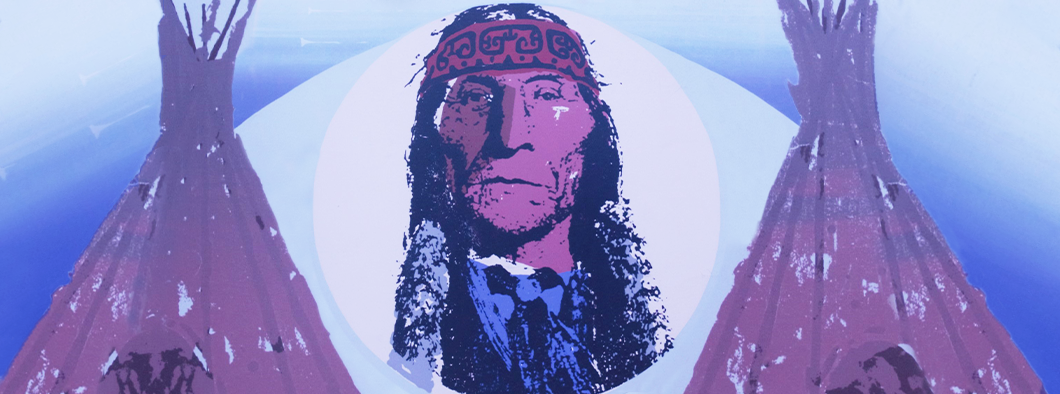Kmitkinu aqq Wabanaki Confederacy
Homeland and the Wabanaki Confederacy
Waponahkewi Mawuhkahticik
Theme:
Ta’n Tel-mimajultimk, Mawo’ltimk aqq Kɨpnno’lewey
Economic, Social, and Political Life
Wetawsultiyeqpon, Mawehewakon naka Litposuwakon
Global Competencies
Innovation, Creativity, and Entrepreneurship
- 1. Learners make discoveries through inquiry research. (Activity 1, 2, and 3)
Collaboration
- 1. Learners learn from and contribute to the learning of others by co-constructing knowledge, meaning, and content. (Activity 2 and 3)
Communication
- 1. Learners select appropriate digital tools according to purpose. (Activity 2)
- 2. Learners ask effective questions to acquire knowledge, listen to understand all points of view, voice their own opinions, and advocate for ideas. (Activity 3)
Global Citizenship and Sustainability
- 1. Learners recognize discrimination and promote principles of equity, human rights and democratic participation. (Activity 3)
- 2. Learners understand Indigenous worldviews, traditions, values, customs, and knowledge. (Activity 3)
- 3. Learners take actions and make responsible decisions that support social and natural environments and quality of life for all, now, and in the future. (Activity 3)
Curriculum Outcomes
English Language Arts
Specific Curriculum Outcomes
- 4. Use and integrate the pragmatic, semantic graphophonic cueing systems, and a variety of strategies to construct meaning. (Activity 3)
- 5. Use a range of reference texts, and a database or an electronic search to facilitate the selection process. (Activity 3)
- 7. Identify instances where language is being used, not only to entertain, but to manipulate, persuade, or control. (Activity 3)
Math
Specific Curriculum Outcomes
Patterns and Relations
- 1. Identify and describe patterns found in tables and charts. (Activity 3)
- 2. Represent and describe patterns and relationships using charts and tables. (Activity 3)
Social Studies
Specific Curriculum Outcomes
Students will be able to:
- 4.2.2. Examine factors that motivate exploration. (Activity 3)
- 4.3.2. Describe the main characteristics of rivers, islands, mountains and oceans. (Activity 2)
- 4.3.3. Examine the relationship between humans and the physical environment. (Activity 1)
Associated Text Materials
Grade 4 – Explorations
- p. 5 – Your turn
- p. 18 – Whose stories of exploration are missing?
- p. 34-36 – The Mystery of the Vikings replaced with the archaeological excavations of Metepenagiag (Metepna’kiaq)
- p. 56 – What might be the consequence of future exploration?
- p. 150 – What are the Government’s responsibilities?





